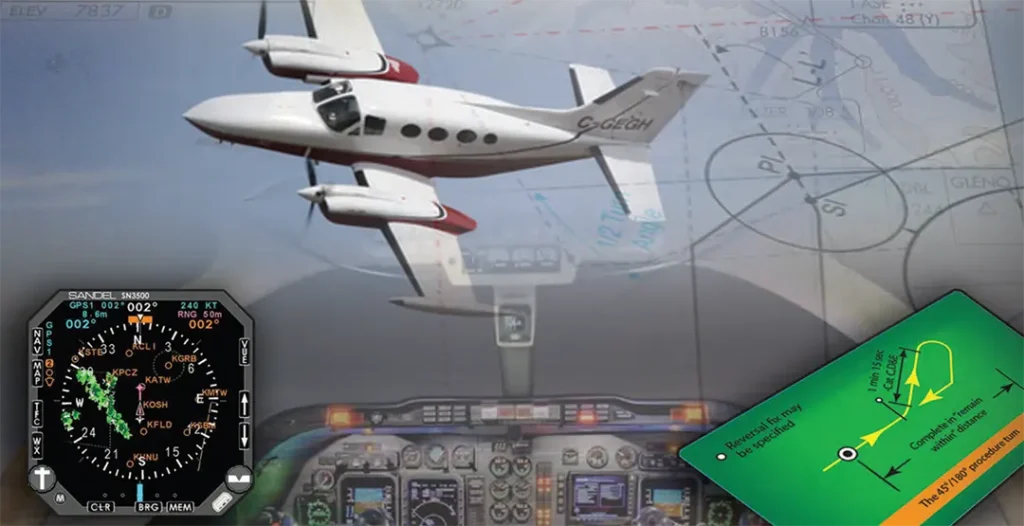
Pilots using the National Airspace System (NAS) and operating under Instrument Flight Rules (IFR) can find a thorough technical reference in the Instrument Procedures section. This section presents advanced principles and guidelines for IFR operations in addition to building upon the knowledge covered in the Instrument Flying section. This area will prove to be an invaluable resource for everyone involved in instrument flying, be it an instructor, an experienced pilot, or a student just starting out.
Enhanced Information for IFR Operations
Pilots can learn more about IFR operations with the updated and comprehensive material included in the Instrument Procedures section. This covers the takeoff, departure, approach, arrival, and navigational operations while en route. Pilots can operate in the intricate and controlled National Airspace System with safety and efficiency by adhering to these guidelines.
Benefits for Instrument Flight Instructors, Pilots, and Students
The Instrument Procedures area contains valuable resources that instrument flight instructors can use to improve their lesson plans and give their students up-to-date knowledge on IFR operations and best practices. This section is a useful resource for experienced instrument pilots to stay informed about any modifications or improvements to instrument flying procedures. This part is a great way for students studying instruments to learn more about IFR operations and to enhance their training. To sum up, the Instrument Procedures section is an essential technical resource for every pilot flying in the NAS under IFR. Its thorough and sophisticated information guarantees the effectiveness and safety of IFR operations, making it a priceless tool for learners, instructors, and pilots of instrument flying alike.
Departure Procedures
- Departure Procedures
- Surface Movement Safety
- Weather and the Departure Environment
- Automated Weather Systems
- Instrument Departure Procedures
- Categories of Instrument Departure Procedures
- Procedural Notes
En Route Operations
- En Route Operations
- En Route Navigation
- Airway and Route System
- Waypoints
- Computer Navigation Performance
- Required Navigation Performance
- IFR En Route Altitudes
- En Route Reporting Procedures
- Communication Failure
- Climbing and Descending En Route
- En Route Holding Procedures
- En Route Safety Considerations
Arrivals
- Arrivals
- Navigation in the Arrival Environment
- Standard Terminal Arrival Routes (STARs)
- Preparing for the Arrival
Approaches
- Approaches
- Approach Planning
- Weather Considerations
- Aircraft Performance Considerations
- Instrument Approach Charts
- Communications
- Primary NAVAID and Equipment Requirements
- Courses
- Altitudes
- Enhanced Flight Vision Systems (EFVS) and Instrument Approaches
- Vertical Navigation
- Instrument Approach Procedure (IAP) Briefing
- Descents
- Descent Rates and Glidepaths for Nonprecision Approaches
- Types of Approaches
- RNAV Approach Types
Improvement Plans
Airborne Navigation Database
- Airborne Navigation Databases
- Airborne Navigation Database Standardization
- Path and Terminator Concept
- Role of the Database Provider
- Operational Limitations of Airborne Navigation Databases
Helicopter Instrument Procedures
- Helicopter Instrument Procedures
- Helicopter Instrument Flight Rule (IFR) Certification – Part 1
- Helicopter Instrument Flight Rule (IFR) Certification – Part 2
